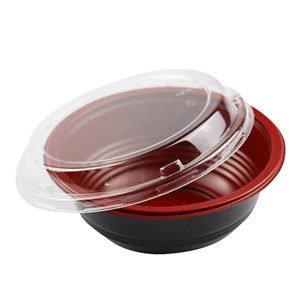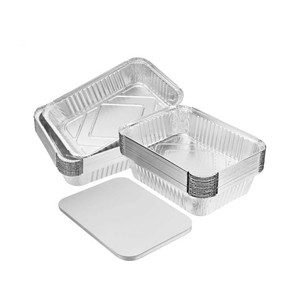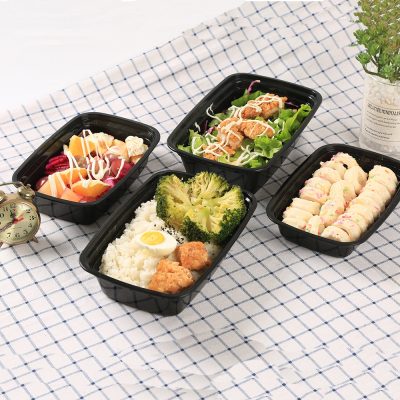Introduction: As global awareness of environmental issues grows, so does the need for sustainable solutions in all aspects of our lives, including food storage. Plastic food containers, while convenient, have faced criticism for their contribution to plastic pollution. In this blog, we explore the future of plastic food containers, highlighting innovative developments and sustainable practices that can mitigate their environmental impact.
- Biodegradable and Compostable Plastics One promising avenue for sustainable plastic food containers lies in the development of biodegradable and compostable plastics. These materials are derived from renewable resources like cornstarch, sugarcane, or vegetable oils. Unlike traditional plastics, biodegradable plastics break down naturally over time, reducing their presence in landfills and oceans. When disposed of properly, compostable plastics can be processed at composting facilities, contributing to the production of nutrient-rich soil.
- Recycling Initiatives and Circular Economy Recycling plays a crucial role in reducing the environmental impact of plastic food containers. Governments, businesses, and consumers must work together to improve recycling infrastructure and raise awareness about the importance of recycling these containers. Embracing a circular economy approach, where plastics are recycled and repurposed into new products, minimizes the need for virgin plastic production and helps conserve resources.
- Eco-Friendly Packaging Innovations Innovation in packaging materials is driving the development of eco-friendly alternatives to traditional plastic food containers. Companies are exploring packaging made from plant-based materials, such as algae or fungi, that are biodegradable and compostable. Additionally, reusable silicone and beeswax wraps are gaining popularity as sustainable alternatives to single-use plastics.
- Consumer Choices and Conscious Consumption Consumers play a pivotal role in shaping the future of plastic food containers. By choosing products packaged in eco-friendly materials, supporting companies with sustainable practices, and reducing single-use plastic consumption, individuals can collectively drive positive change. Being mindful of our consumption habits and embracing reusable containers can significantly reduce plastic waste.
Conclusion: The future of plastic food containers lies in sustainable practices and innovative materials. Biodegradable plastics, recycling initiatives, and eco-friendly packaging innovations are paving the way for a greener and more responsible approach to food storage. By making conscious choices and advocating for sustainable solutions, we can create a more environmentally-friendly future for generations to come.

















